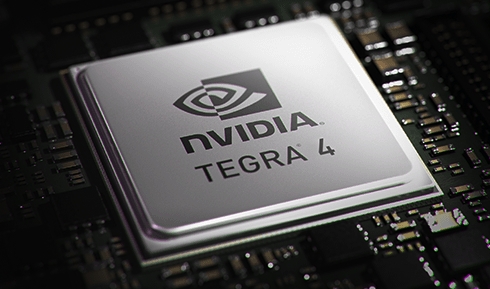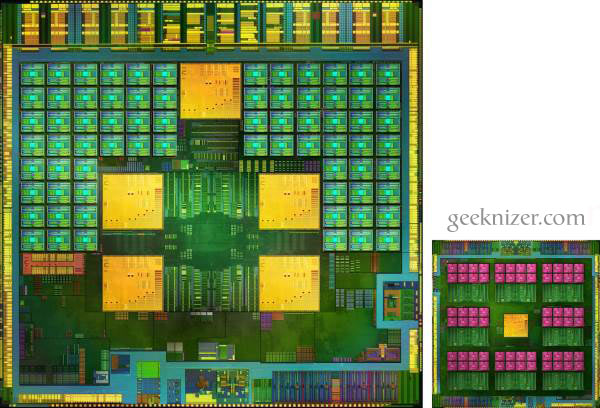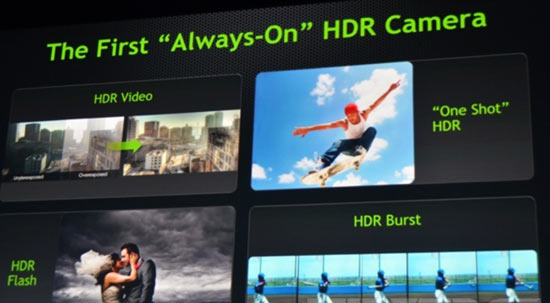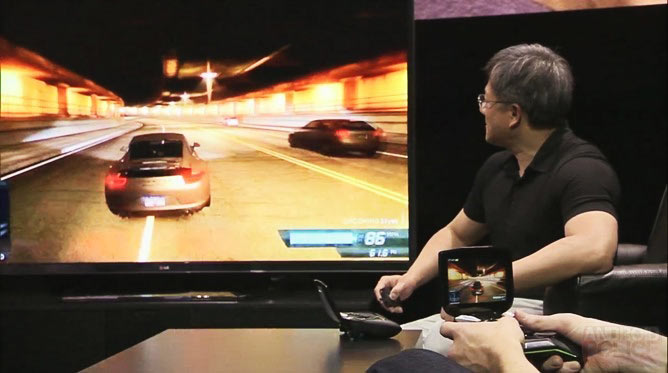Quad-core SoCs have been in-vogue in 2012. 2013 is the year of better performing, yet more efficient quad-core processors.
We won’t see 6-core or 8-core mobile CPUs/SoCs commercializing this year. 2013 is all about improving on existing chips, essentially called tock-cycle as per Intel terminology.
Tegra 4 will have 5-cores, just like Tegra 3 with 5th core dedicated towards battery optimization. However, Tegra fourth-generation chip is built on an all-new architecture. As per Nvidia’s CEO, Tegra 4 is the world’s fastest mobile processor, above and beyond everything in the market.
Few facts about Tegra 4 Fifth/companion core:
- The fifth/companion core is also a Cortex A15, but synthesized to run at lower frequencies/voltages/power. This isn’t the same G in and island of LP process that was Tegra 2/3.
- The fifth/companion core isn’t visible to the OS. It automatically powers it and shutsdown other cores when you aren’t doing much of heavy weightlifting.
Tegra 4 specs
Nvidia hasn’t revealed specs of Tegra 4 officially, but its estimated to have clocks from 1.9 Ghz for each of the A15 4 cores.
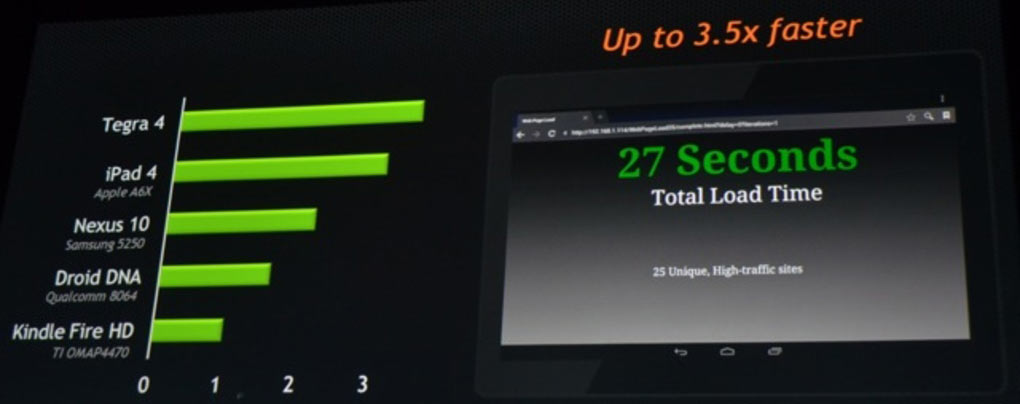
Talking about GPU, it is a monster on mobile platform with 72 CUDA GPU cores. Tegra 4 uses 28nm fabrication process, a giant leap ahead of Tegra 3’s 40nm, and immediate power saving of upto 30%. The GPU in Tegra 4 is supposedly six times more powerful than the graphics processor in last year’s Tegra 3.
Tegra 4 is built upon 28nm HPL (28nm low power with high-k + metal gates). The difference between HPL and HPM is a optimization for leakage vs. peak performance. This helps explain the 1.9GHz max frequency for the A15s in Tegra 4.
LTE 4G support
Tegra 3 suffered from lack of on-chip LTE processor, giving Qualcomm Snapdragon S4 an edge when it comes to battery efficiency. Tegra 4 does improve in this segment.
Nvidia hopes to change the status quo with the Tegra 4, which comes with an optional LTE chipset, the Icera i500. This 5th generation Icera modem is smaller and more efficient than previous iterations, and Nvidia promises worldwide LTE voice and data compatibility. But the Icera i500 is not integrated in the SoC, meaning that there still could be efficiency issues. What this means is that phones/tablets/notebooks with Tegra 4 and LTE would consume more power than Snapdragon counterpart.
NVIDIA’s i500 will launch with LTE UE Category 3 (100Mbps downlink) support, eventually we’ll see an update to UE Category 4 (150Mbps downlink). ADC/DAC and the RF-to-baseband transceivers are not part of the Tegra 4 or Icera i500 chip.
Read more about Nvidia Terga 4 Icera i500 SDR LTE Modem/processor
Not Just Better Games/Graphics
Tegra 4 is insanely great for gaming with 72 CUDA cores. But it doesn’t stop at gaming. Tegra 4 can be great for Pro photography as well. Nvidia demoed what is called “Nvidia computational photography engine.”, using which high-dynamic range (HDR) photography can be made possible on portables. In the demo they used a Windows RT tablet to create HDR instantly on the fly. Among the demos was also live-HDR, a technology that can help make HDR video.
Nvidia has just announced Project Shield, a handheld console that will be powered by Tegra 4. There’s no pricing or release date for either Project Shield or Tegra 4, but we expect to hear about some more devices over the coming days, so stay tuned.
At the launch event, Nvidia showed off a comparison between a Nexus 10 (powered by Samsung’s Exynos 5250 chip, a dual-core A15 design) and a tablet equipped with the new Tegra 4. Naturally, Nvidia’s chip won hands-down, being the first to load a number of websites.
Tegra 4 can pump up 4K resolution displays with no problem at all. It uses dual-channel memory interface, LP-DDR3.
Project Shield
Project Shield is an Android-based portable game console capable of connecting to a local PC to run games. The shield is a gaming controller shaped device that runs Android 4.2 and runs all apps including Tegra 3, Tegra 4 exclusive gaming titles.
You can use the Shield controller as miracast server and stream wirelessly to large screens while you’re lying back on the couch.
The device features a 5-inch, 1,280 x 720 HD “retinal multitouch display” with a pixel density of 294 dpi along with an HDMI-out port, a microSD slot, wireless streaming capabilities
Among other features, it would run Steam games and Tegra store would be populated in console-like gaming titles.
Tegra 4 Launch Event [Full Video with demos]
Related: Snapdragon 800 vs. Tegra 4
We write latest and greatest in Tech Guides, Apple, iPhone, Tablets, Android, Open Source, Latest in Tech, subscribe to us@geeknizerOR on Facebook Fanpage, Google+:
loading...
loading...

